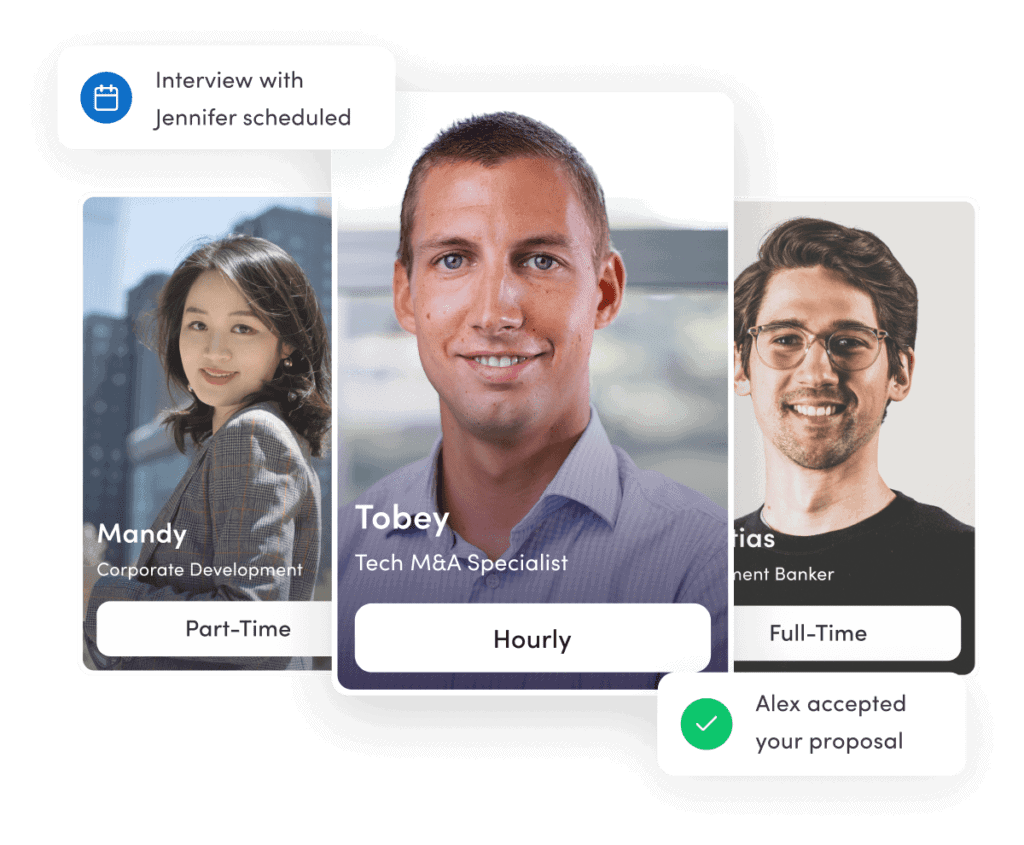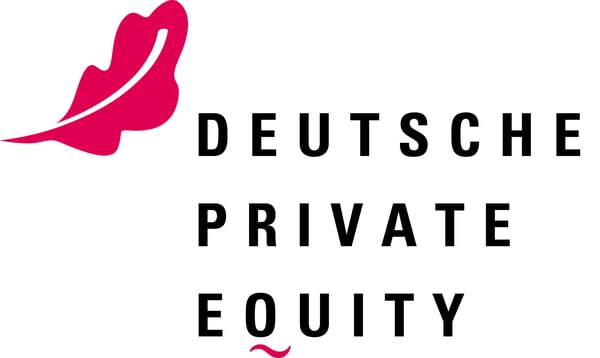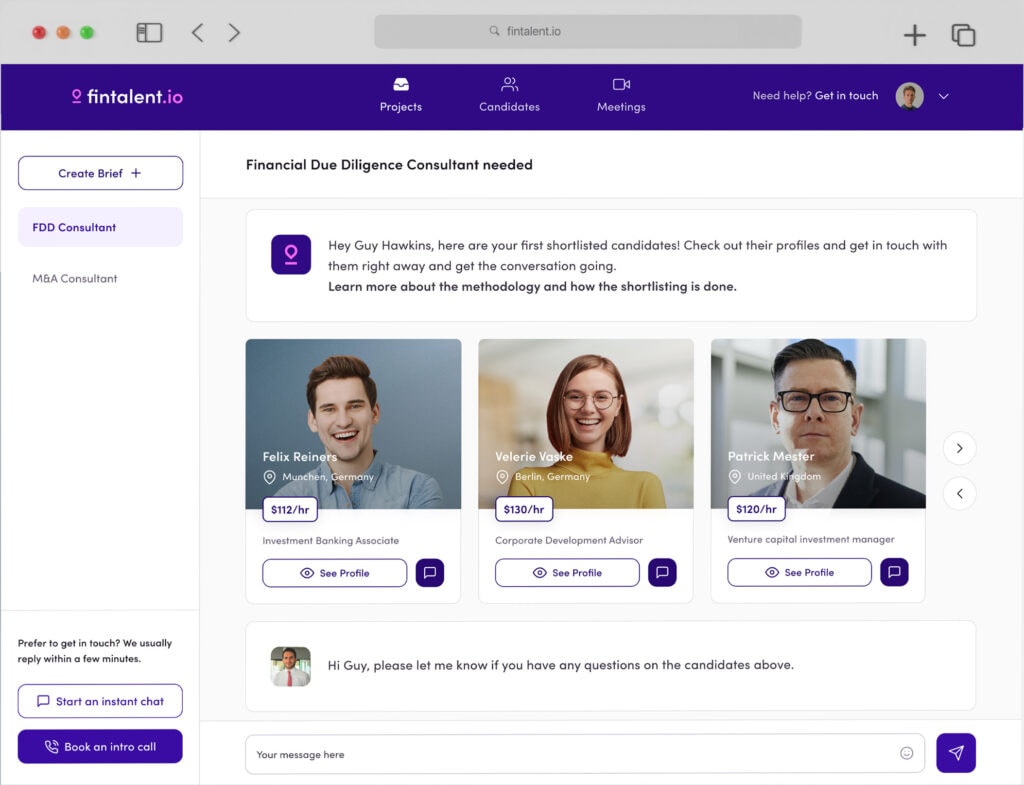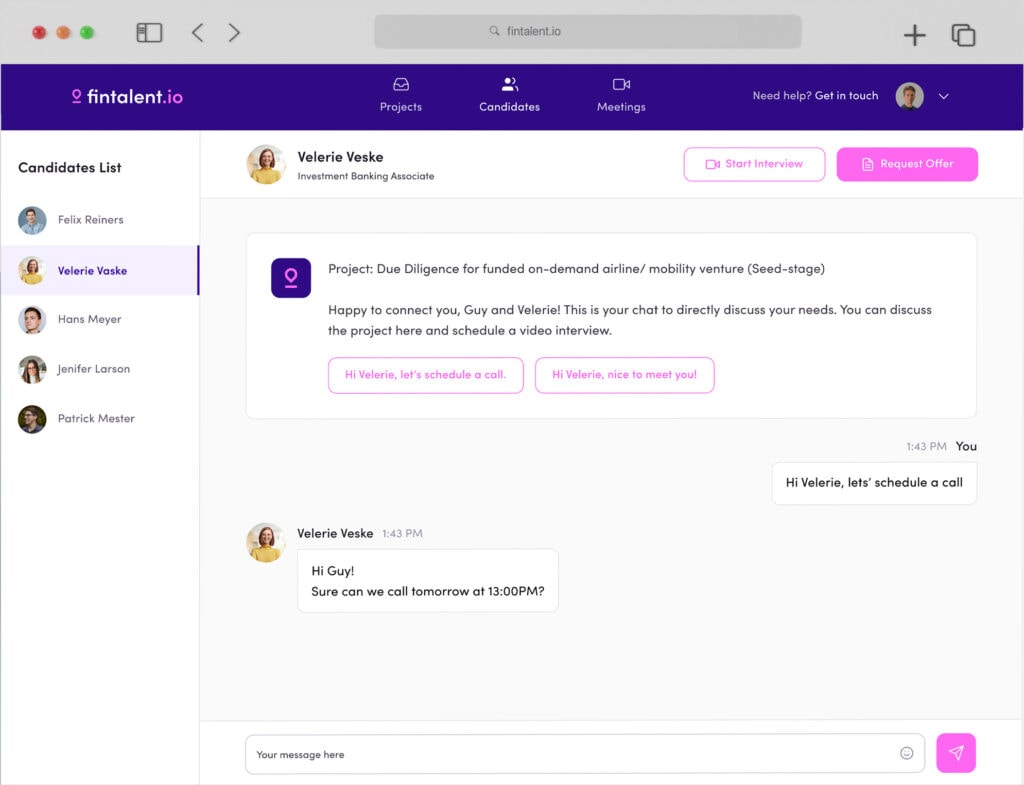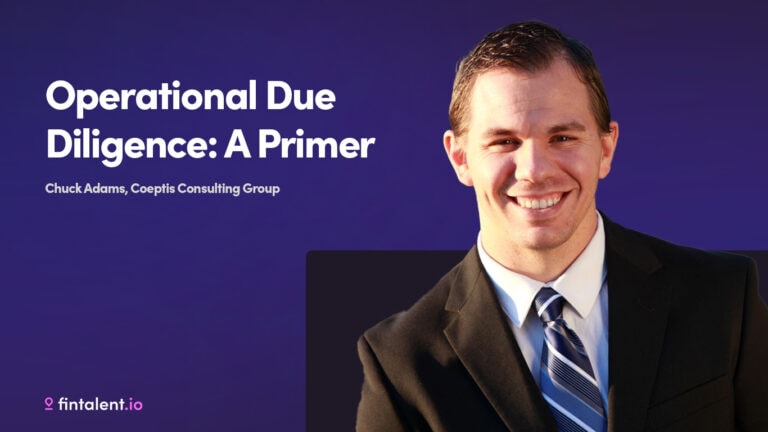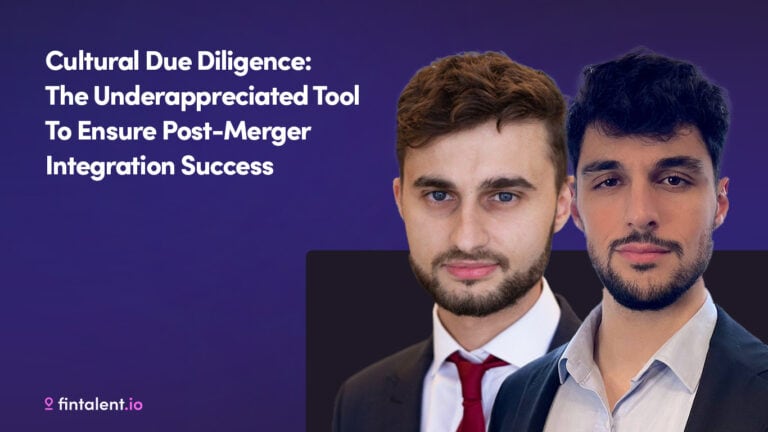SPAC stands for “Special Purpose Acquisition Company.” A company that plans to engage in a merger or acquisition, but needs time to raise the money, creates a SPAC and sells shares into that company’s stock. The funds raised by an IPO-type public offering go into the SPAC and then the SPAC uses them for mergers and acquisitions. When it is time to close out the transaction – when they’ve executed their takeover of the target company – they buy back all outstanding shares in exchange for cash, which is distributed pro rata among shareholders.
The Special Purpose Acquisition Company (SPAC) is an investment vehicle that allows for significant risk and return without the need for large investments. These companies are typically organized as corporations and raise large amounts of capital from multiple sources. The success of these companies is largely concentrated on the amount of funding that is received by the SPAC. The funding received by the SPAC is typically equal to cash or debt raised from investors. Of course, the potential of future profits is only part of the equation. The risk of investing in a new company and not knowing its success is high and often not worth the potential rewards of running a business with little or no risk.
What are the types of SPACs?
There are two main types of SPACs; one with an initial public offering (IPO) and one without. The SPACs without an initial public offering (IPO) are often referred to as Private Equity Funds which raise large amounts of capital from multiple sources. The largest examples of this type of SPACs are the Warburg Pincus private equity fund, Carlyle Group, Blackstone Group, and Abu Dhabi Investment Authority. These funds have significant amounts of capital in their portfolios allowing them to pursue bigger acquisition targets.
On the other hand, Public Equity Funds are less likely to raise large amounts of capital in order to pursue bigger acquisitions. Instead, they are more likely to be geared towards smaller acquisitions. These funds are often referred to as being part of the venture capital market due to the smaller companies that are often the targets.
How do SPACs raise capital by issuing securities?
1) Common stock offerings. A common stock offering is one of two methods for raising capital via an SPAC’s IPO process. A stock offering allows the SPAC to raise cash by selling shares of its own common stock. The most common method uses a reverse triangular merger agreement and an underwritten financing arrangement to acquire target company shares at a premium over the target company’s pre-deal price. Prior to combining with or selling its investment, this process is typically followed by a spin off of worthless shares. In this method, the SPAC sells 100% of its investment as common stock in an IPO transaction that is registered with the SEC.
2) Asset-backed securities offerings. A SPAC issues asset-backed securities to raise capital, usually in the form of a fixed income security that is secured by the underlying assets. Asset-backed securities include asset-backed equity, asset-backed security and collateralized debt obligation. In an ABS transaction, a SPAC will acquire an operating business and issue bonds secured by the cash flows from its underlying assets.
3) Equity/debt offerings. A SPAC can also raise capital by issuing a combination of both equity and debt securities in a single transaction. In this process, a SPAC issues common stock or preferred stock or some combination thereof to raise cash for its investment portfolio. The SPAC can also issue debt securities such as bonds convertible into common stock.
While the investment life cycle of a SPAC is straightforward, it must by definition be highly flexible and adaptable in order to successfully invest in various businesses. An SPAC must initially create an investment portfolio which can vary from company to company, but usually consists of a diversified mix of capital-intensive and technology-intensive businesses that can be sold for cash flow and/or growth opportunities within 18 months to five years. Regardless of the composition or amount of assets acquired, each company represents a single asset class with its own distinct parameters that the SPAC must manage while pursuing one or multiple investment objectives.
Each investment that results from this pool of capital is expected to deliver returns above the prevailing market interest rates for debt and equity securities. This implies that if the SPAC is managing $300 million of assets, it will be able to earn returns on this portfolio of at least $15 million per year. As the SPAC continually deploys capital, it must also continuously evaluate, structure and manage its investment portfolio to successfully generate positive returns that exceed incoming cash flow requirements.
What costs are associated with SPACs
There is also a difference in costs associated with each type of SPAC. One main difference is that SPACs without initial public offerings have higher costs associated with them because their share price is not already set by being public. As a result, there is more time required for the process and may lead to large fees for securities lawyers and other professional services. Another cost is that these SPACs need to go through all of the procedures required when becoming a public entity such as proxy statements and meetings for shareholders or their representatives. The SPACs with an initial public offering (IPO) are often able to avoid the aforementioned costs by issuing their own securities and having an existing share price.
The success of these companies is largely dependent on their ability to raise significant amounts of money from investors. If they are unable to raise all of the capital needed to accomplish their goals they are often unable to pursue their strategy or are forced to scale back their plans significantly. By obtaining the necessary amount of funding it allows for more opportunity for growth and potential returns. SPACs also have different costs associated with them when compared with that of other types of companies in that it has financing costs due to debt that is acquired in order to finance operations.
SPACs were originally designed to provide an opportunity for companies and shareholders to participate in transactions where they normally would not. Since Wall Street was not able to raise capital through the normal channels of the time, which was the NYSE (New York Stock Exchange) and its member firms such as Goldman Sachs (GS) and JP Morgan (JPM), these companies had to resort to other methods. SPACs can mitigate certain risks that may adversely affect their sustainability by pursuing an investment strategy based on “blue sky” thinking. Blue sky thinking focuses on identifying new markets or industries with great growth potential where investors can realize significant returns on their investments.
The success of these companies is largely dependent on their ability to raise significant amounts of money from investors. If they are unable to raise all of the capital needed to accomplish their goals they are often unable to pursue their strategy or are forced to scale back their plans significantly. By obtaining the necessary amount of funding through deliberate and well thought out strategies, it allows for more opportunity for growth and potential returns.
